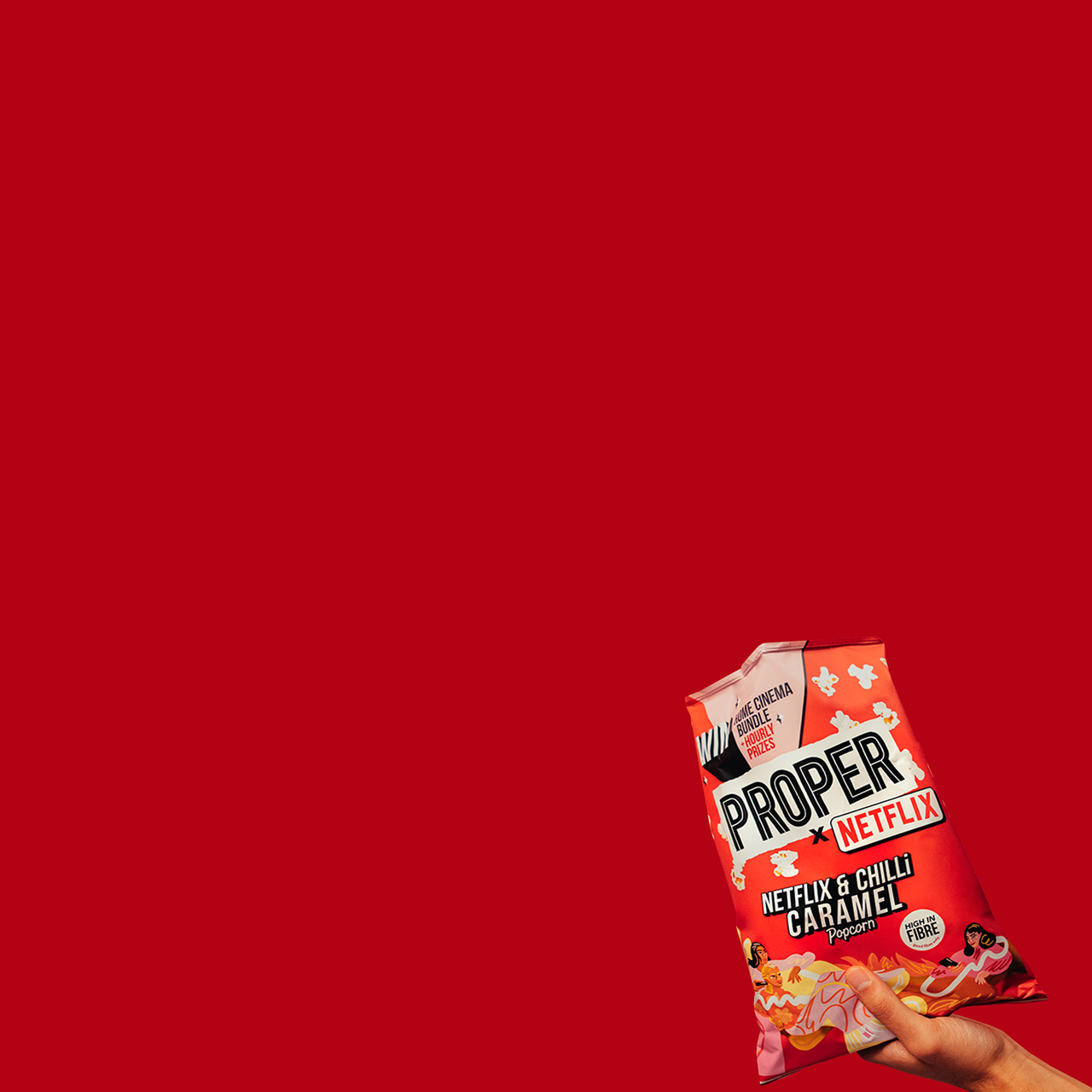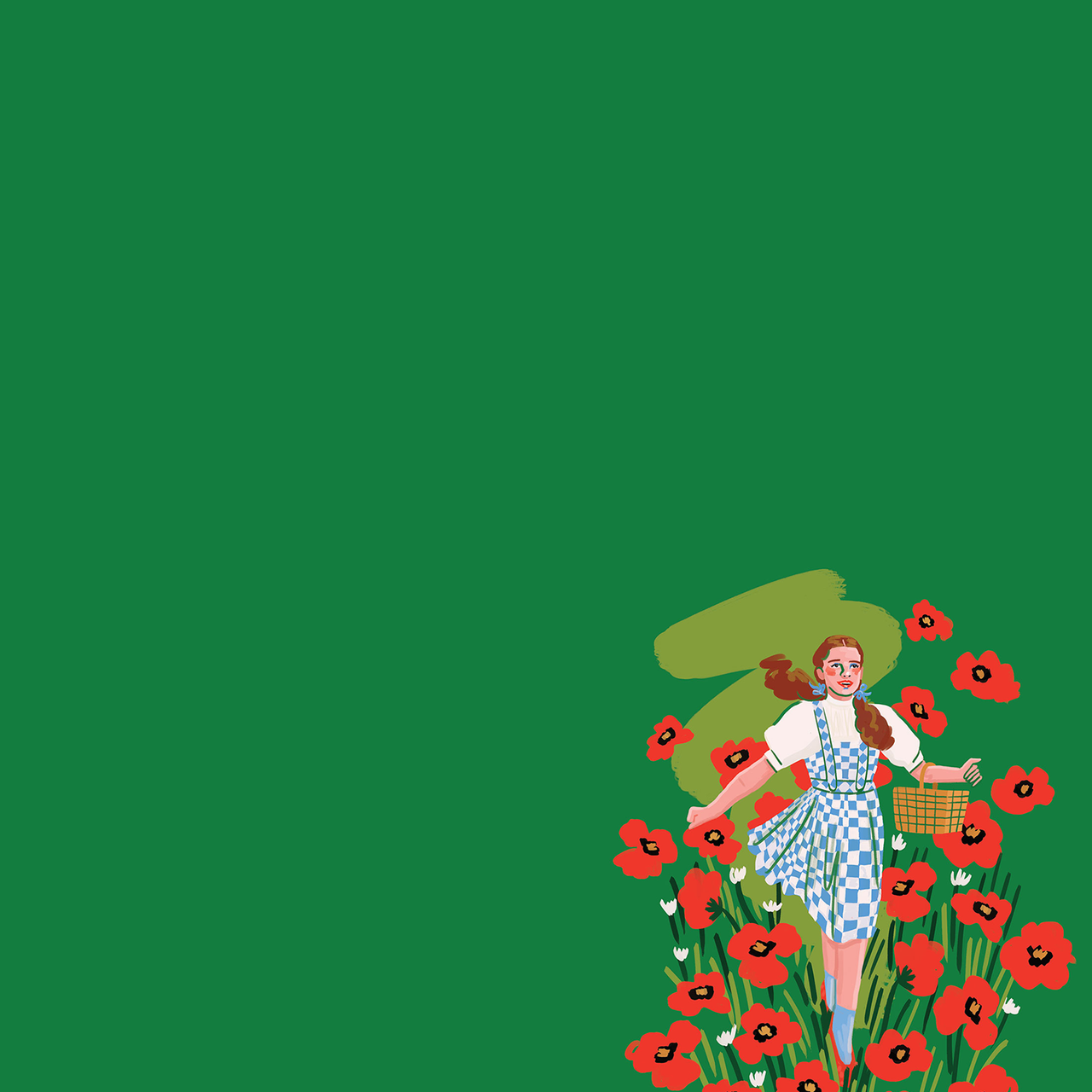

The Guardian recently introduced the 'Well Actually' column - a space that cuts through the noise of today’s unrealistic, perfection-obsessed wellness coverage, and brings you stories about the ways people are trying to live good lives.
For 12 weeks, each article featured illustrations that offered an intimate snapshot into each story, inviting readers in with warmth and subtlety. And who better to bring these personal moments to life than Leonie Bos?
We spoke to Leonie to discover how her process has evolved, how she creates her own reference material and how personal work has led to opportunities such as this one.








The articles cover a range of personal stories. Did the Guardian’s brief shape your approach, or did you go with your own interpretations?
At the start of the series, the brief was more specific. I would make quite a few sketches for them to choose from; it was my first assignment for The Guardian, so I really wanted to get a feel for what the art director was looking for. But as the series progressed, she became more open to my own interpretations quite quickly. It also became clear that I wanted to centre each illustration around a female figure, so she sort of knew what to expect, I guess. This female figure would remain a bit ambiguous so that more women could relate to her. But as the series developed, she gradually turned into an Angela/Leonie hybrid. The writer, Angela Garbes, would even say it was ‘our’ column.
How do you start an illustration? With a rough layout or reference, or do you let it grow more intuitively?
In this case, there was always a rough layout to show the art director. I would often model for the drawings myself. (Taking the pictures to my grave) I like working from reference images, not just for the anatomy, but also because it gives me some structure to hold on to. I like having a kind of playground with boundaries; within those, I can explore freely with shape, colour and contrast. Once the layout is set, I let things grow more intuitively, especially when it comes to how I build up textures, shapes, and the overall image.
Lately you've really embraced physical mediums, texture and a distinctive colour palette, what did you use here?
It’s a mix of digital and analog techniques. I usually start with a quick sketch in Procreate to figure out the basic composition and colours. Once that’s in place, I switch to actual paint on paper, which can include acrylics, but also spray paint, wax pastels, oil pastels. I like having a mix of techniques; for me, it’s not just about colour contrast, but also contrast in texture.
My colour palette actually started a few years ago, when I began using Molotow acrylic markers. They come in a limited range of colours, which worked really well for me, so I recreated those same colours digitally. Ever since, I’ve had a strong preference for lavender blue and rusty red.
Was there one piece in the series that stuck with you, either because it was tricky or felt especially personal?
I remember one that was particularly tricky, I probably painted it four or five times. In the end, I scanned multiple parts of different versions and pieced them together. I’m not going to say which one it was :) But the last piece I made felt the most personal. It was about Angela returning to her roots and visiting her grandmother. I based the illustration on a reference image I found online of one woman hugging another, but very quickly, these two women became me and my own grandmother, who passed away last year. So the image feels really personal to me. It has a kind of intimate energy, which I love. The clouds in the distance come back in the hair of the older woman, which to me symbolise her departure. In reality, it’s the sea from Angela’s story, but the image somehow came together in a way that felt quite meaningful.
Each illustration feels unique, but still part of a whole - how did you keep that sense of cohesion throughout the series, and did you paint them all at once?
I would receive a new article each month, so I never knew in advance what the next one would be about. I think the sense of cohesion mainly comes from the consistent theme and colour palette. But above all, I think it’s the technique that ties them together.
Over the past three years, I’ve been making a lot of personal work. That’s when I really started working with analog materials only, and moved away from the iPad and the more architectural, geometric style that people might know me for. Instead, I began creating more organic, slightly abstract work that focused on texture and shape interaction. That brought a kind of new energy to my practice, and it naturally carried over into my commissioned work as well, which I think has really benefited from it.
What's next for you?
Right now, I’m working on a series of drawings for a dream client. They booked me based on my personal work; a series of semi-abstract figurative pieces based on people I spotted in the streets. And I’m also working on a larger commission for a big law firm. This one’s about buildings and interiors, so more in line with the kind of work I did over the past ten years. It’s actually a really nice contrast.
After the summer, I’ll be doing a residency, which I’m really looking forward to, and that will be followed by an exhibition. So, exciting things ahead!




















